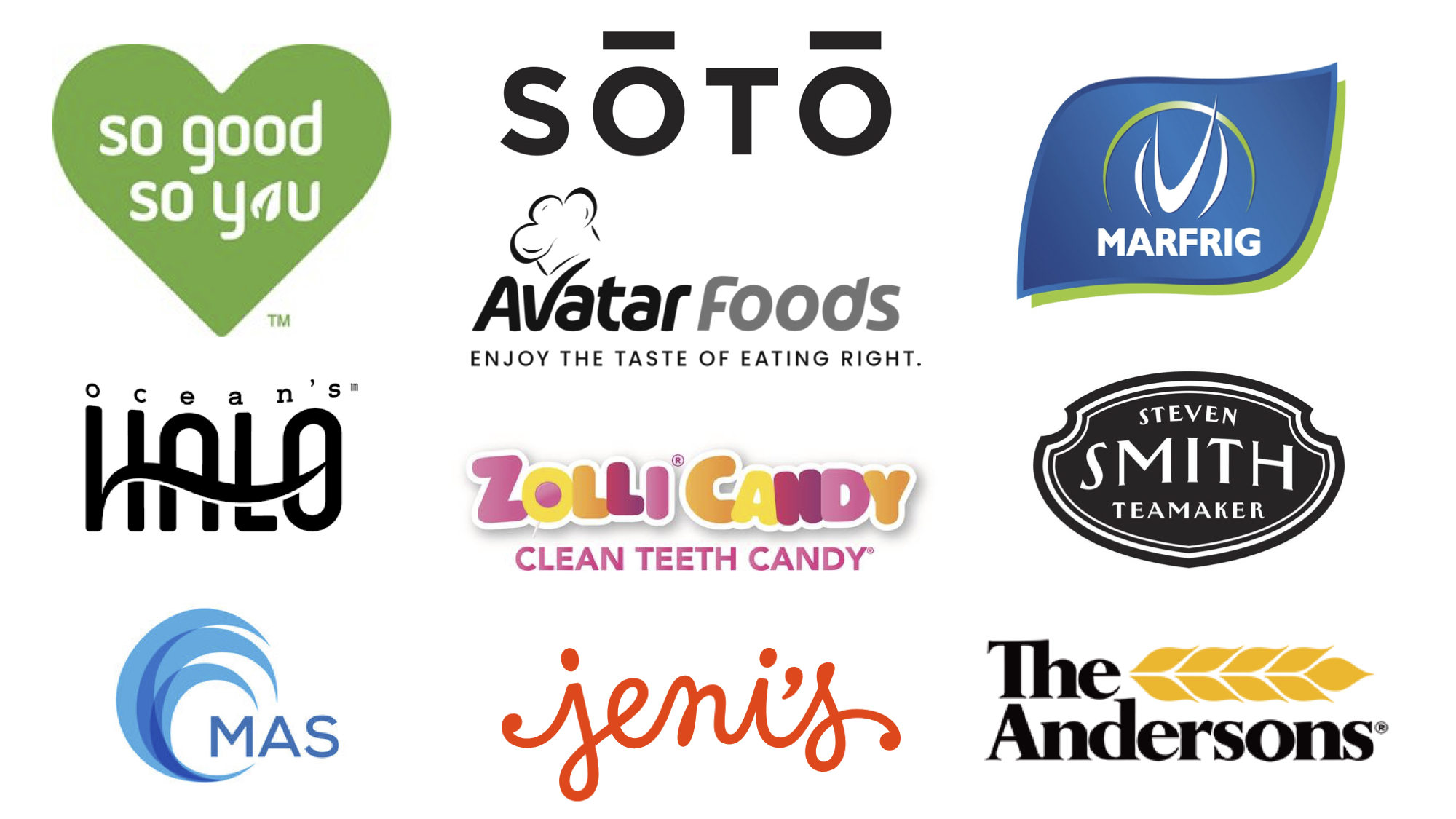Small grocery shopping frustrations can leave lasting impressions on shoppers, which can result in the loss of sales from returning customers. Grocers can rejoice at the fact that private label brands play a key role in the development of memorable customer experiences, which in turn can bring in more profits for private label products. Market research organization Daymon recently released a report titled ‘The State of the Store Experience,’ which identified top customer concerns when shopping in a grocery store, and what grocers can do to stand out in the competitive food space with their private brands.
The survey, which consisted of several focus groups and an online survey of 1,511 adult consumers, found that consumers feel that their grocery shopping experiences are, “overwhelming, difficult, frustrating and stressful.” However, Daymon claims that private brands can change such perceptions through proper marketing efforts which in turn can increase shopper retention and sales.
“Shoppers have come to expect private brands to be a part of the store experience and most retailers have obliged. You can say they have become “table stakes.” But, private brand is not just about products. It’s a service, a voice, an authority. Private brand puts a face to the name of a retailer and when executed in the right way, it becomes the driving force behind store choice,” said Jim Holbrook, CEO of Daymon.
Frustrations and Solutions
 1. The Checkout Experience
1. The Checkout Experience
The number one frustration customers experience when grocery shopping was found to be the checkout experience and 48 percent of them said that a poor checkout experience would discourage them from returning to that store. Daymon found that customers find a quick-and-easy checkout process to be an absolute requirement when grocery shopping, which may be one of the reasons why online grocery shopping has become so popular.
Grocery stores can easily solve this issue through investing in technology. Although self-checkout machines are quite common, 39 percent of customers said that they wait too long for an attendant, 25 percent said that there is not enough room on the machine and 20 percent claim that it is too difficult to checkout produce/fresh items using the self-checkout. Daymon suggests that retailers look into new and advanced checkout technologies such as mobile scanning devices that shoppers can use to scan their items in-store and pay at a kiosk. Other new shopping technologies include shopping apps that customers can use to scan and pay for items on their phones and auto-scan stores such as Amazon Go that can charge customers automatically as they shop.
According to Daymon’s research, shoppers are 44 percent more likely to use mobile devices for decision making when shopping and 69 percent of them are more likely to use a mobile app for shopping and paying.
 2. Customer Service
2. Customer Service
According to the report, 55 percent of grocery shoppers reject stores with poor customer engagement. The participants ranked inattentive employees and unavailable personnel as one of their top shopping frustrations when at a grocery store. In their panel discussions, many participants made comments such as, “They’re just hanging out talking to each other,” and “They often don’t have enough employees on the floor to enable you to ask questions.” In addition, 55 percent of shoppers said that they would no longer shop at a store with repeated customer service issues.
Employees are the brand ambassadors of a store and their behavior has a significant impact on customer experiences. This is why retailers need to educate their employees on their store and specifically their private brands. This will not only add to private brand marketing initiatives but it will also add value to the customer experience. By investing in employee education and upskilling, grocery stores can significantly stand out from their competitors.
 3. Navigation
3. Navigation
Grocery stores seem to have endless aisles of products to choose from, which is why shoppers tend to look for shortcuts to make their shopping experiences easier. Daymon found that stores experience a 45 percent attrition rate due to navigational issues. However, grocers can simplify the decision-making process by making private brand products the top products of choice for customers.
In order simplify the shopping experience for customers, retailers need to invest in department reinvention, but more importantly, private brand commercialization. By investing in diversifying and commercializing private label products, grocers make it easier for customers to decide on what products to purchase. Key areas to focus on in order to simplify the shopping experience are solutions merchandizing, aisle engagement and promotional narratives.
Solutions merchandizing involves the proper placement of private brand products. Shoppers hate it when they have to actively search for a product in a store, which is why grocers should keep their store organized and categorized. Aisle engagement takes promotional efforts to a higher level with interactive marketing initiatives. For example, stores are starting to use brightly-colored logos and labels on their private brands to identify their qualities, such as light blue packaging to identify low-calorie food items. Trader Joes is known for its “What’s New” aisle that incorporate new and unique food offerings. Promotional narratives bring a personal and relatable aspect to marketing initiatives. Private brands can do this by incorporating real consumer opinions or farmer stories (for farmed items) on their product packaging and commercials.

4. Out-of-Stocks
Shoppers go to the grocery store with a list of items in mind, although they tend to buy more than what is on their list; stores that continuously have out-of-stock items (especially highly desired items) tend to lose customer retention. In fact, Daymon’s research finds that grocery stores experience a 64 percent attrition rate due to out-of-stocks. Grocery retail in general loses $60 million a week due to promotional out-of-stocks.
This issue can easily be solved by working towards eliminating out-of-stock products. By committing to weekly visits, planogram compliancy monitoring and inventory management, grocers can ensure that their stores are fully stocked. In addition, by ensuring that private label products are always stocked, grocery stores can increase the chances of developing customer loyalty.
Taking Private Label Brands to a Higher Level
Investing in the expansion of private label brand products will always be a good idea for grocery stores. Daymon recommends investing in a branded department, which means a section of the grocery store that only has private label products. This tactic will not only draw loyal shoppers to the aisle but it will also catch the attention of new consumers who have not tried the brand yet. In fact, the study has found that one out of every three shoppers have not tried a private brand product because they were not aware of it.
Branded service can make a big difference in the shopping decisions of customers. By investing in branded in-store promotions or services (such as sampling), grocers can motivate shoppers to purchase private label products. In addition, investing in upskilling and educating employees on private label branded products will increase private brand awareness throughout the grocery store. The key is to create meaningful and memorable experiences with customers.
Branded outreach beyond the traditional in-store or e-commerce format is also a unique way to stand out in the market. By partnering with other companies (non-competitive) such as a clothing stores or amusement parks to offer discounts or shopping points, grocers can extend their reach to new markets and consumers.
With private label brands steadily beating out national brands in sales, there is a lot of opportunity in this sector. By investing in customer needs, grocery stores can build a relationship with their shoppers, which in turn will keep them coming back for more.
“By enabling and incentivizing a continuous conversation, not only do you humanize your store, you give personality to your Private Brand,” said the report.












Join or login to leave a comment
JOIN LOGIN